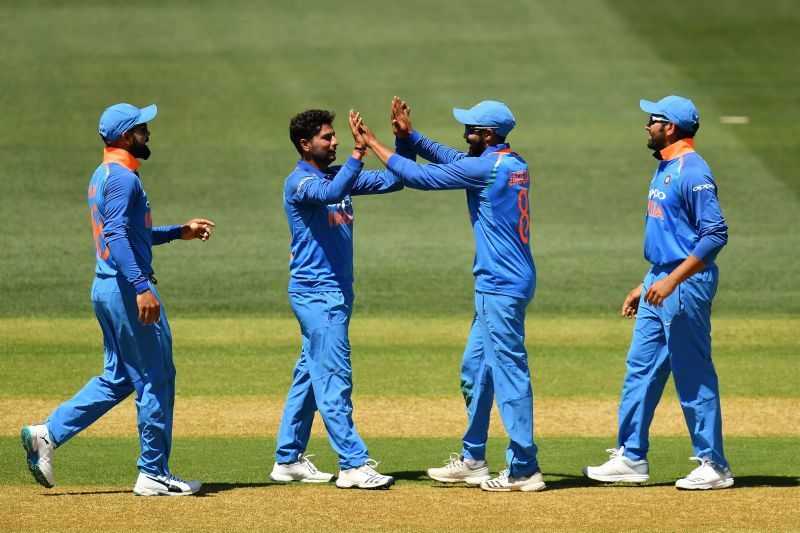
IND v AUS 2020 ODI series: SWOT analysis of Team India
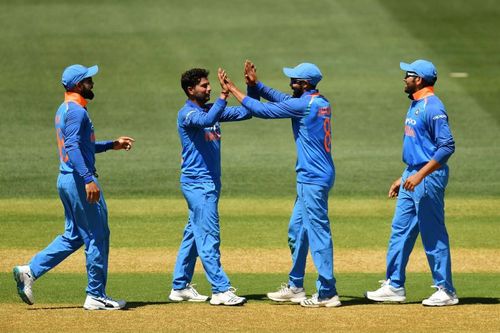
India are all set to resume their international campaign after a nine-month hiatus when they step on to the field tomorrow to take on arch-rivals Australia in the first ODI at the Sydney Cricket Ground.
While India suffered a tough series defeat in New Zealand earlier this year, hosts Australia are coming off a 2-1 win against England in a three-match ODI series in September.
With plenty of competitive cricket in the pipeline for both sides, both sides will look to start the three-match series, one the most anticipated contests in world cricket, on the ascendancy.
On that note, let us have a look at a detailed SWOT analysis of Team India ahead of the start of this marquee ODI series.
Strength - India's Batting

One of the greatest batsmen in the modern era, Virat Kohli is at the helm of affairs at Team India and could be one of the key players for the visitors in the three-match series. The right-handed batter, along with the experienced Shikhar Dhawan and KL Rahul, will shoulder the bulk of the team's responsibility in the batting department.
While Kohli had a rather sedate IPL, going by the staggering standards he has set for himself, the Indian team will be happy with the performances of Dhawan and Rahul in the shortest format of the game.
Leading the Kings XI Punjab side, Rahul was the highest run-scorer in the tournament with 670 runs in 14 league games. Dhawan too wasn't too far behind; the lefthander was second in the table with 618 runs in 17 games.
With the emergence of Shreyas Iyer at number four and the inclusion of Hardik Pandya, India's batting unit looks formidable, to say the least.
With wickets in Australia conducive for stroke-play, India will be reliant on their strong batting lineup to post massive totals in the first innings or take the team across the line in tall run chases.
Weakness - Spinners
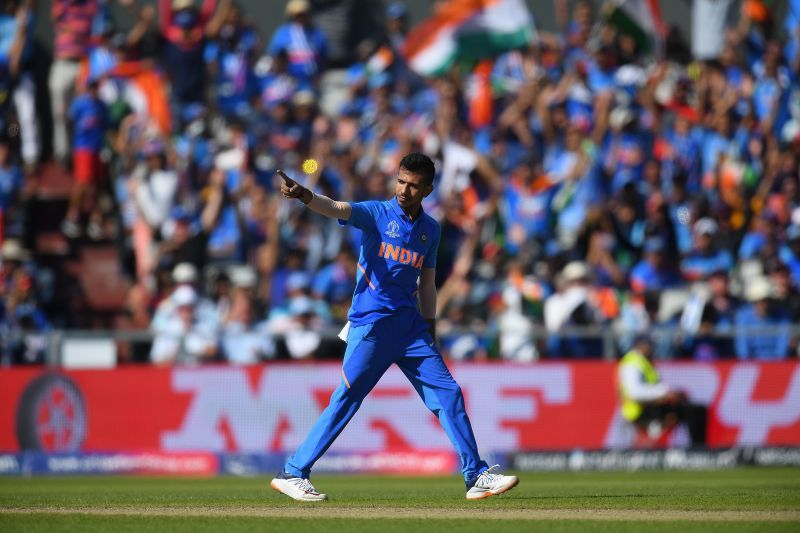
The form of the spinners coming into the series is a major concern for the Indian team management. While Yuzvendra Chahal was the standout bowler for the Royal Challengers Bangalore, Ravindra Jadeja and Kuldeep Yadav struggled with their line and lengths in the IPL.
The Chennai Super Kings were dismal in the latest edition of the IPL, mainly due to the lack of wickets from their spinners in the middle overs. The left-arm spin of Jadeja failed to create any magic for the side, as the player only managed to scalp six wickets in 14 league games. With an economy rate of nine runs per over, Jadeja had a lacklustre season for the Super Kings.
On the other hand, the 25-year-old left-arm wrist-spinner Yadav barely featured for the Kolkata Knight Riders in IPL 2020. In the five games he played, Yadav managed to pick up the sole wicket of Jaydev Unadkat at the back end of the innings.
With India struggling to pick up wickets in ODI middle overs in the past few seasons, the indifferent form of their spinners is one of the major chinks in the Indian side's armour.
Opportunity - Emergence of young players
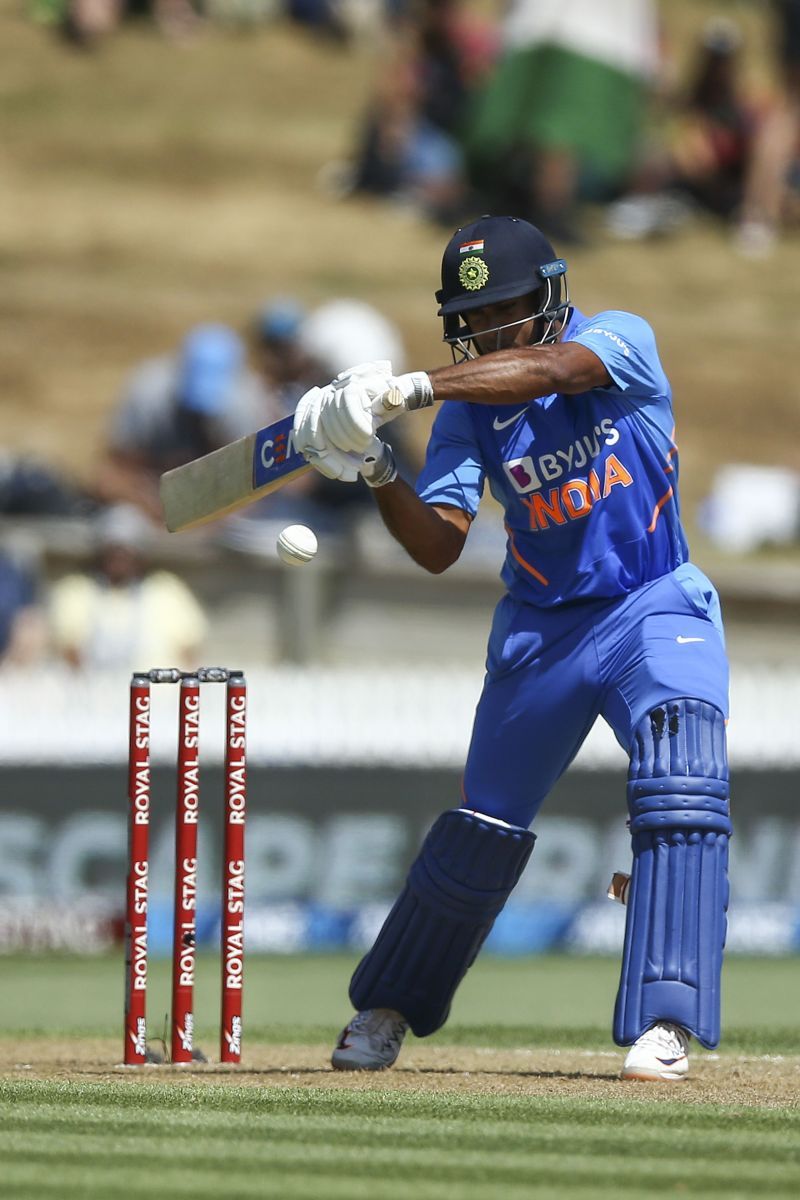
An injury to Rohit Sharma in IPL 2020 has allowed the selectors and the management to find an ideal replacement for the swashbuckling opener at the top of the order.
With the likes of Mayank Agarwal and Shubman Gill in the ranks, India will look to give opportunities to these players to help them cement their places in the side as the third opener. The duo was in fine form in the IPL, scoring 424 runs and 440 runs respectively.
With the growth of Shreyas Iyer as a dependable number four, along with that of these two young batting talents, the bench strength of Team India in ODIs looks good.
Threat - Lack of clarity on the role of players
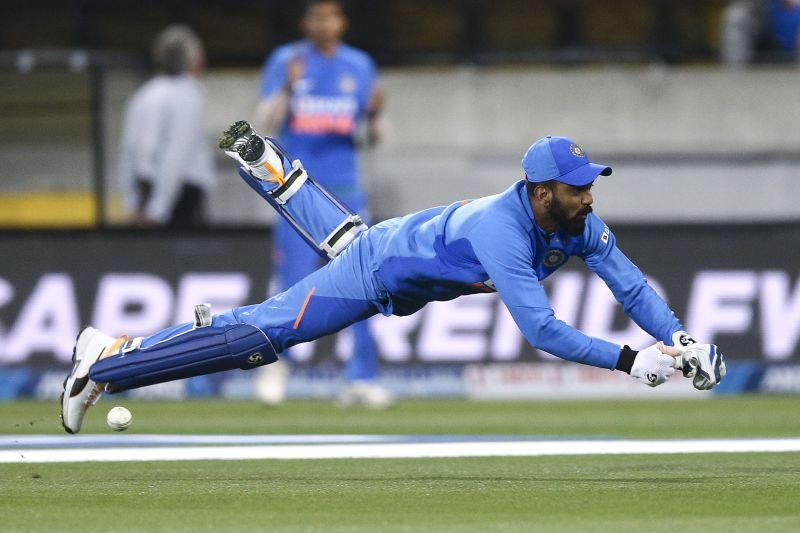
With Rohit Sharma and Shikhar Dhawan forging a formidable opening partnership, K.L Rahul has struggled to find his way into the Indian playing XI in ODIs.
However, Rishabh Pant's poor form in the past couple of seasons resulted in the management handing over the gloves to Rahul in the last series against New Zealand and slotting him in the middle order.
Despite Rohit Sharma missing the one-day internationals against New Zealand, the management stuck with Rahul at number five. The Karnataka batsman has immense experience at the top of the order and has scored heaps of runs in the domestic as well as international circuit.
However, in his new role in the middle order, KL Rahul also has to deal with questions on his wicket-keeping skills. The management have plenty of things to ponder: Sanju Samson's role in the side, Rahul's credentials to be the long-term option as India's wicket-keeper post the Dhoni era, to name a few.
In the 2019 50-over World Cup in England, there was a lot of uncertainty about the number four position in India's ODI batting order. Despite plenty of chopping and changing, the Indian team management failed to find a batsman suitable enough for that position, which led to India faltering in the quadrennial event.
Going forward, if India aim to win the coveted world events, they will need to have plenty of clarity on the roles assigned to specific players so that they gain enough experience and exposure.